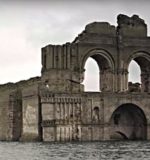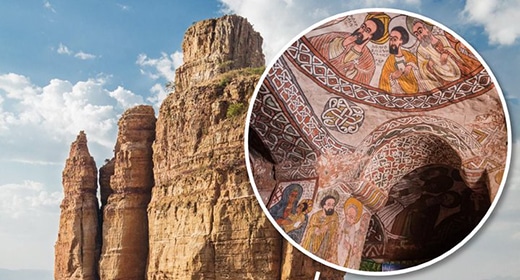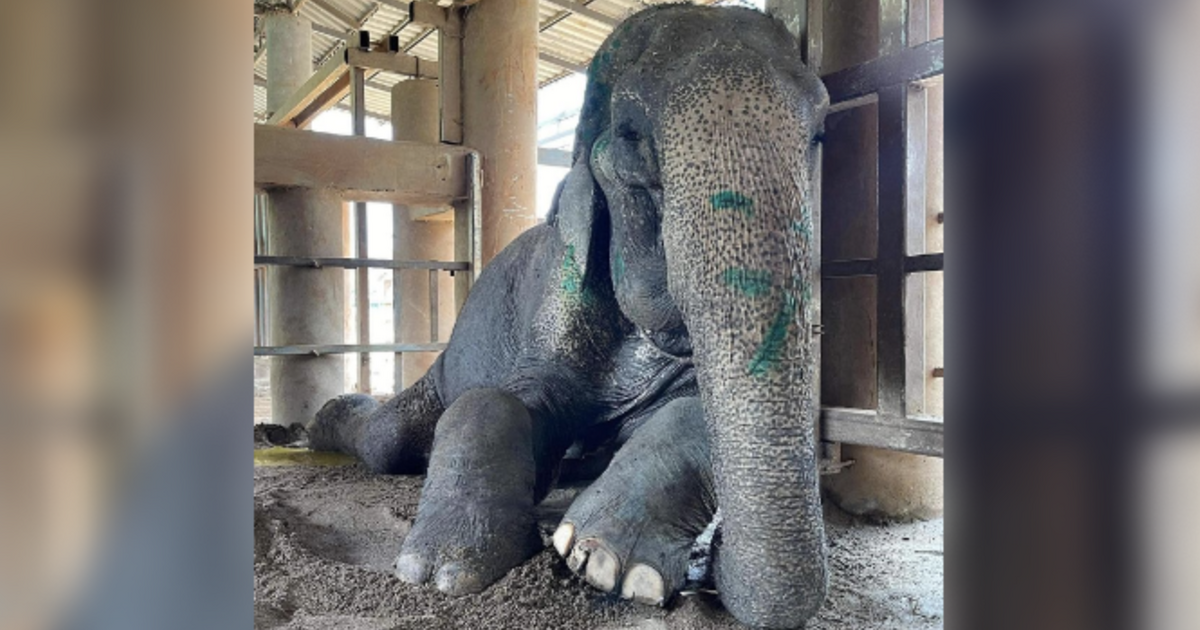The Nezahualcoyotl reservoir in Mexico has recently dropped more than 80 feet, revealing the ruins of a 16th-century church for the first time since 2002. The Temple of Quechula, otherwise known as the Temple of Santiago, was built in 1564, but was abandoned nearly 200 years later when plagues ravished the area.
The church wasn’t fully submerged in water until 1966, when a nearby dam was built. In 2002, the water levels dropped so low that people could actually walk inside the temple! We’ve seen stories like this before, yet to see the Temple of Santiago still standing after being submerged in water is really quite extraordinary; see for yourself in the following clip from the New York Daily News.
The remains of a colonial-era church have emerged from the receding waters of a river in the southern Mexico state of Chiapas.
The watershed of the Grijalva river has been hit by a drought this year, causing the water level in the Nezahualcoyotl reservoir to decrease by 82 feet.
The church was built by a group of monks led by Friar Bartolome de la Casas, who arrived in the region that was inhabited by the Zoque people in the mid-16th century in the Quechula locality.
It was originally lost to the waters of the Nezahualcoyotl reservoir in 1966 when it flooded.
With the walls rising to about 30 feet, the stunning structure is 183 feet long and 42 feet wide.
The bell tower reaches 48 feet above the ground of the church known as the Temple of Santiago, as well as the Temple of Quechula.
Architect Carlos Navarete, who worked with Mexican authorities on a report about the structure, said: ‘The church was abandoned due the big plagues of 1773-1776.’
The church depended on the nearby monastery of Tecpatan, founded in 1564.
Navarrete believes that based on architectural similarities, it is the work of the same builder at very nearly the same time.
Its importance was derived from its location on the King’s Highway, a road designed by Spanish conquistadors and still in use until the 20th century.
At that time we still found the wood from the chorus loft and the roof beams,’ he said.
‘Also a large ossuary of the victims of the plague that depopulated the area.
‘It was a church built thinking that this could be a great population center, but it never achieved that.
‘It probably never even had a dedicated priest, only receiving visits from those from Tecpatan.’
This isn’t the first time the church built in the mid-16th century has been revealed.








 Photographer Finds Locations Of 1960s Postcards To See How They Look Today, And The Difference Is Unbelievable
Photographer Finds Locations Of 1960s Postcards To See How They Look Today, And The Difference Is Unbelievable  Hij zet 3 IKEA kastjes tegen elkaar aan en maakt dit voor zijn vrouw…Wat een gaaf resultaat!!
Hij zet 3 IKEA kastjes tegen elkaar aan en maakt dit voor zijn vrouw…Wat een gaaf resultaat!!  Scientists Discover 512-Year-Old Shark, Which Would Be The Oldest Living Vertebrate On The Planet
Scientists Discover 512-Year-Old Shark, Which Would Be The Oldest Living Vertebrate On The Planet  Hus til salg er kun 22 kvadratmeter – men vent til du ser det indvendigt
Hus til salg er kun 22 kvadratmeter – men vent til du ser det indvendigt  Nearly Frozen Waves Captured On Camera By Nantucket Photographer
Nearly Frozen Waves Captured On Camera By Nantucket Photographer  It’s Official: Astronomers Have Discovered another Earth
It’s Official: Astronomers Have Discovered another Earth  Meteorite That Recently Fell in Somalia Turns Out to Contain Two Minerals Never Before Seen on Earth
Meteorite That Recently Fell in Somalia Turns Out to Contain Two Minerals Never Before Seen on Earth  Superknepet – så blir snuskiga ugnsformen som ny igen!
Superknepet – så blir snuskiga ugnsformen som ny igen! 
xvpekd